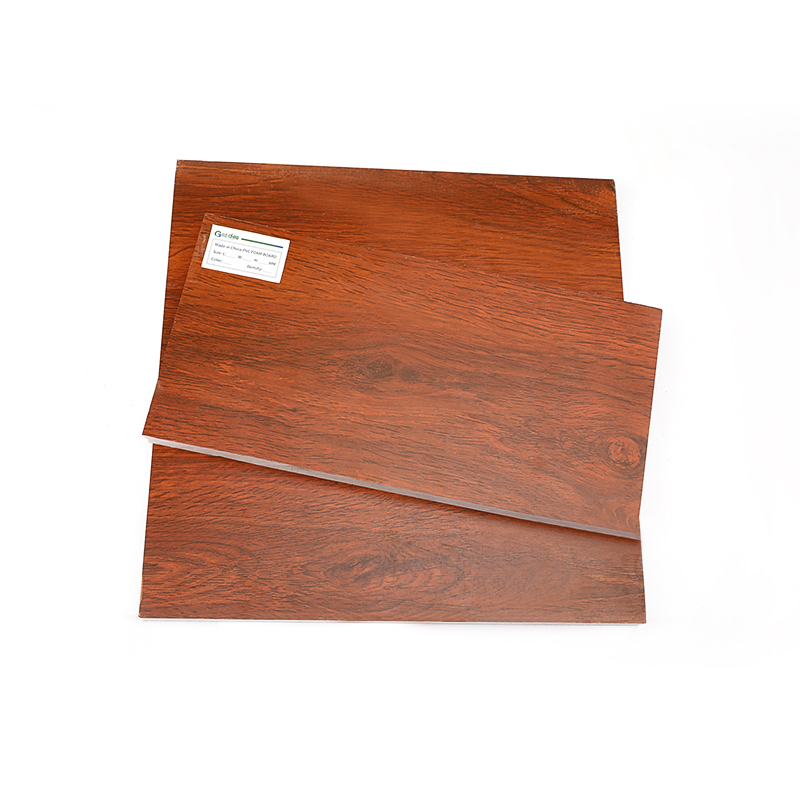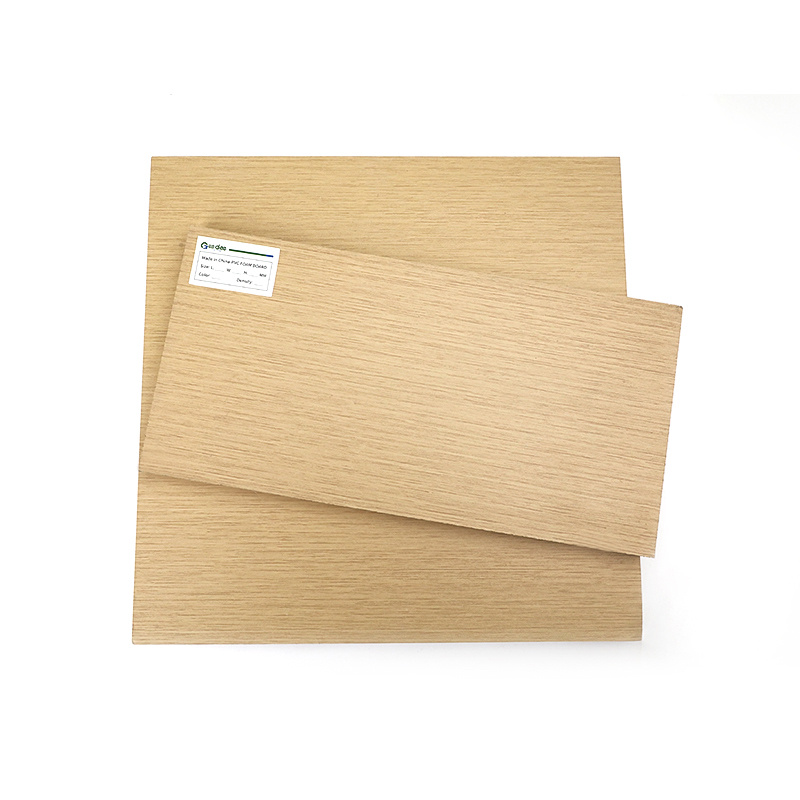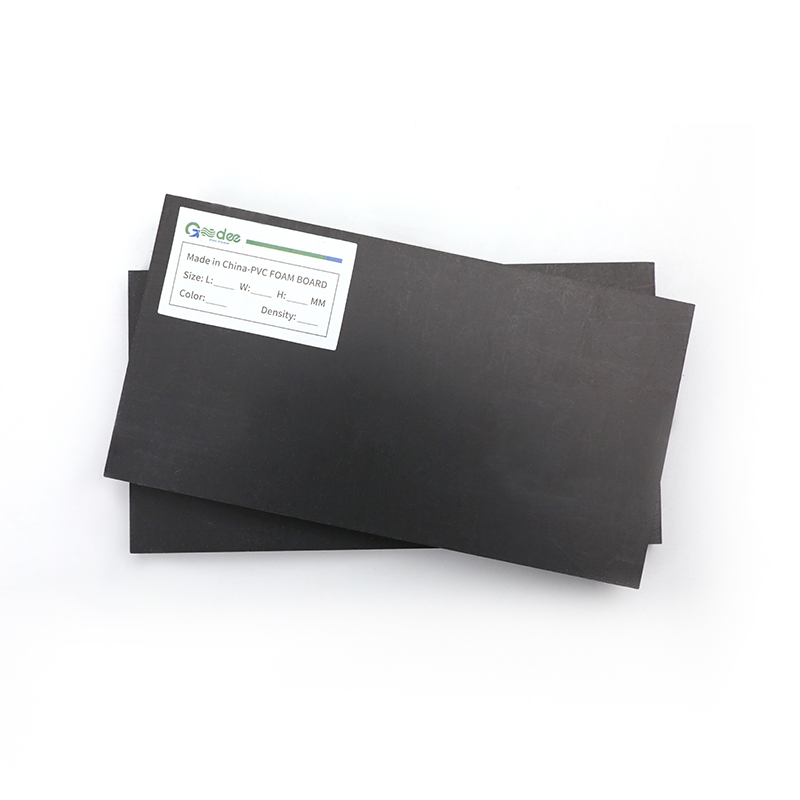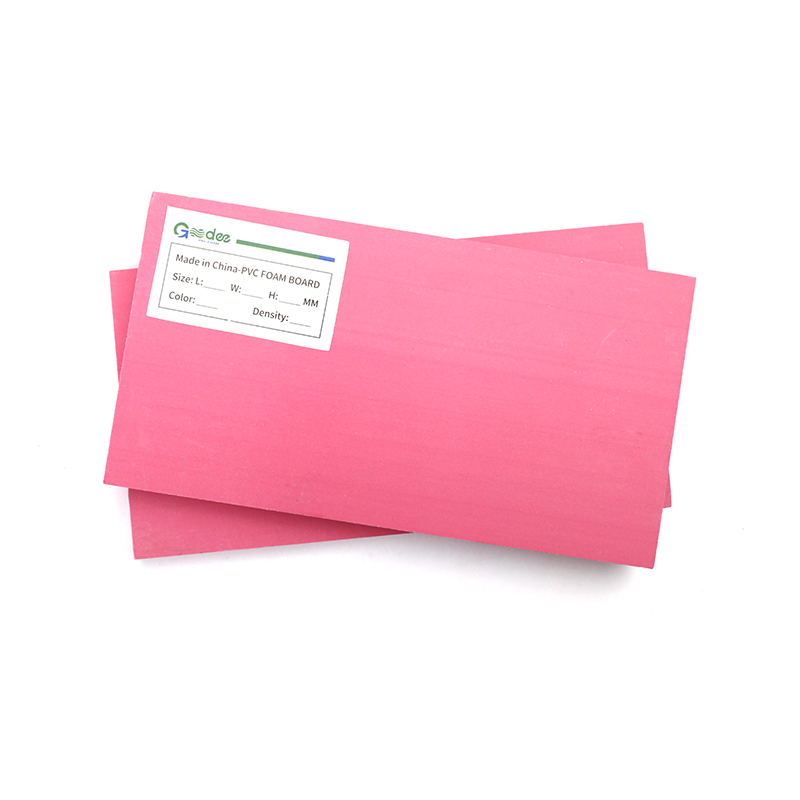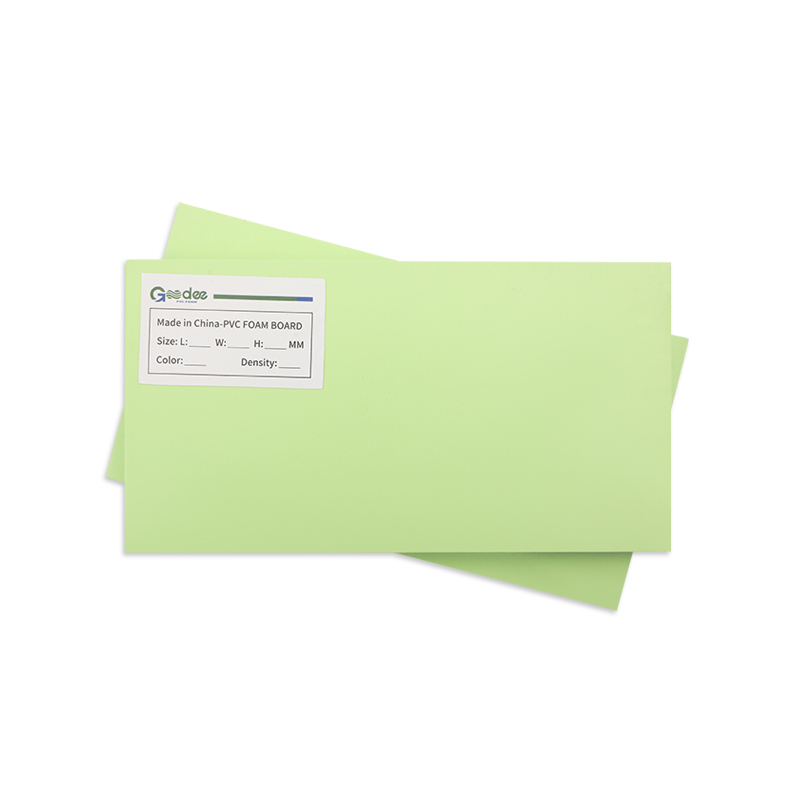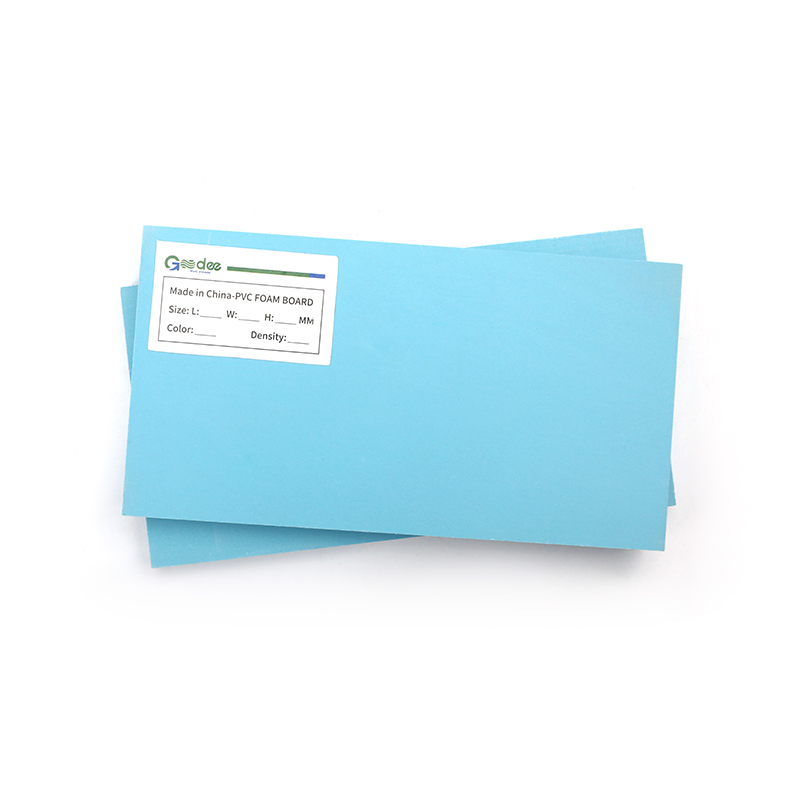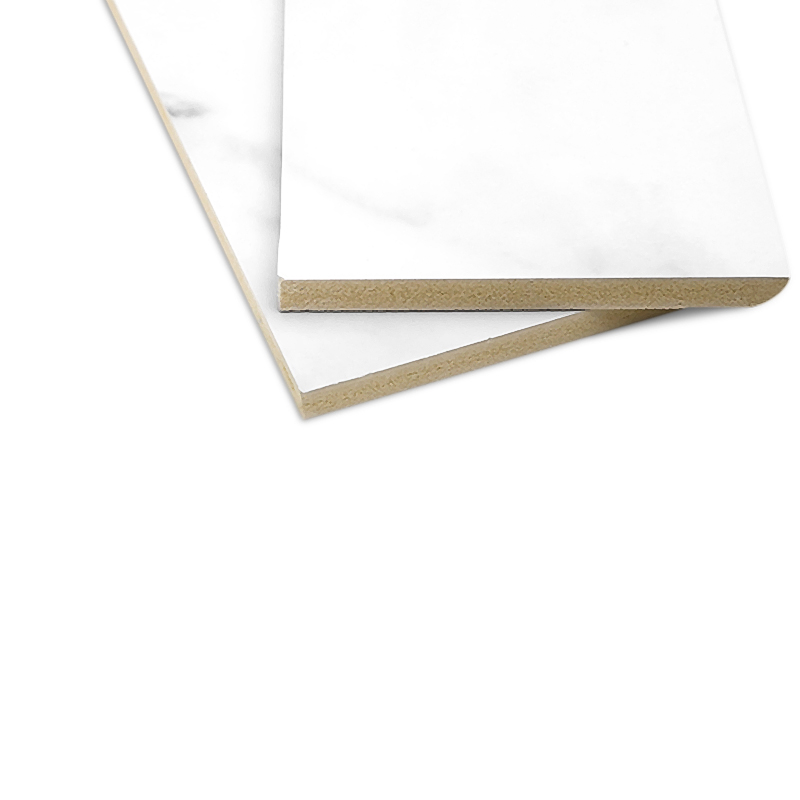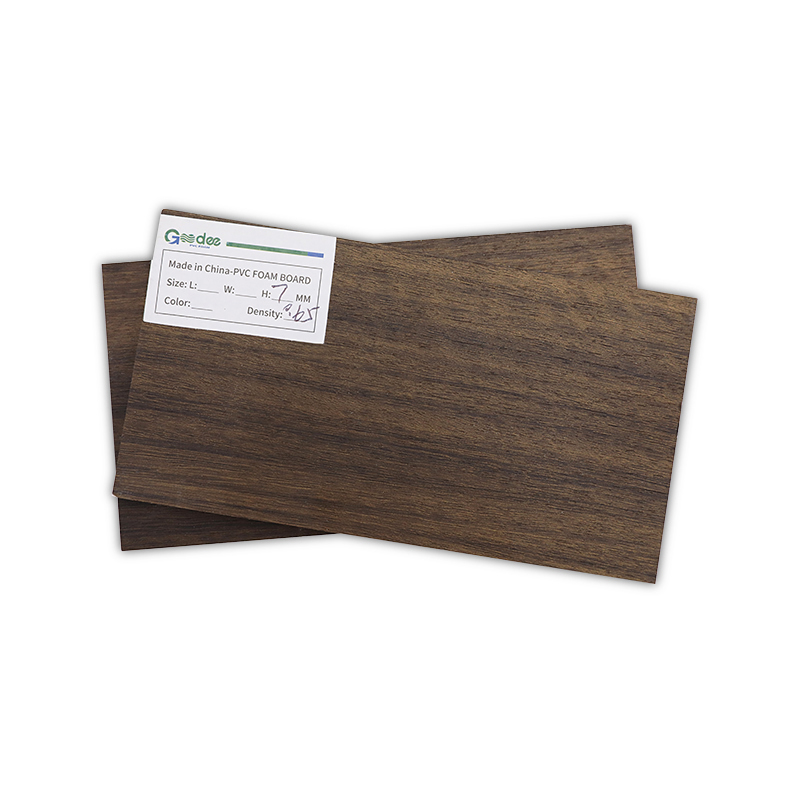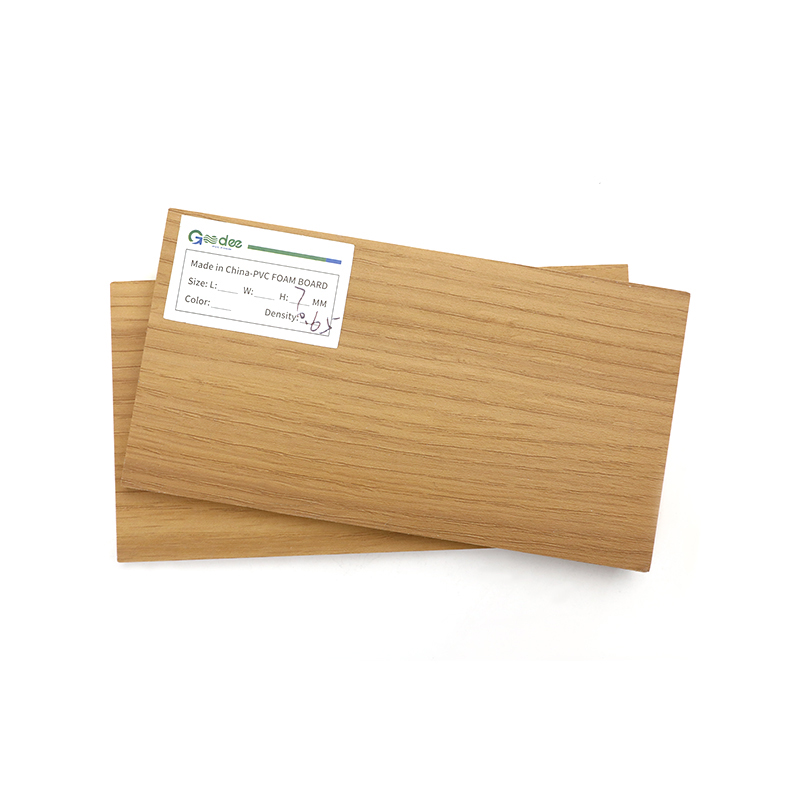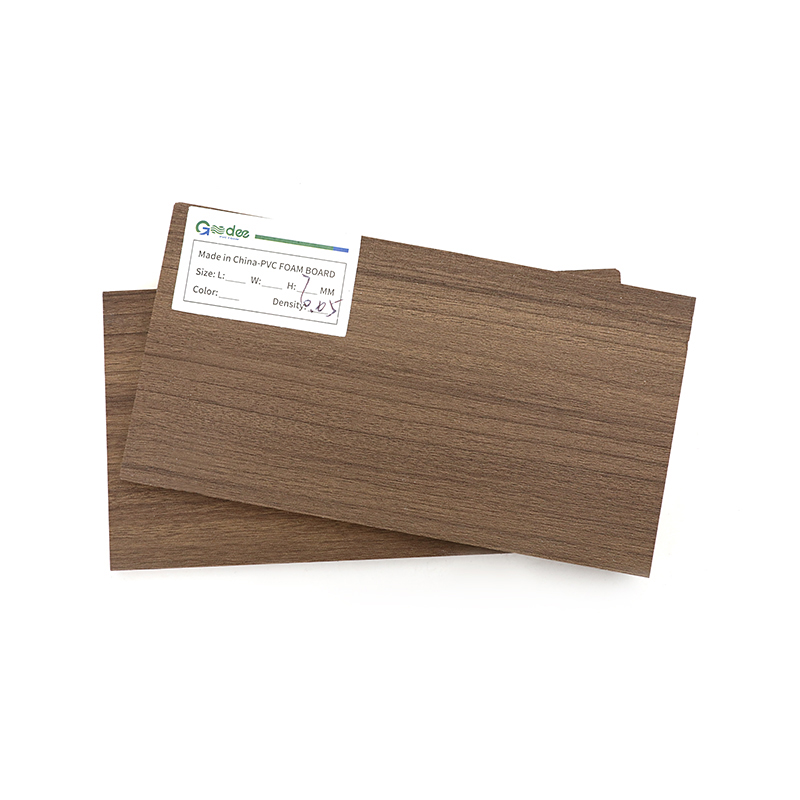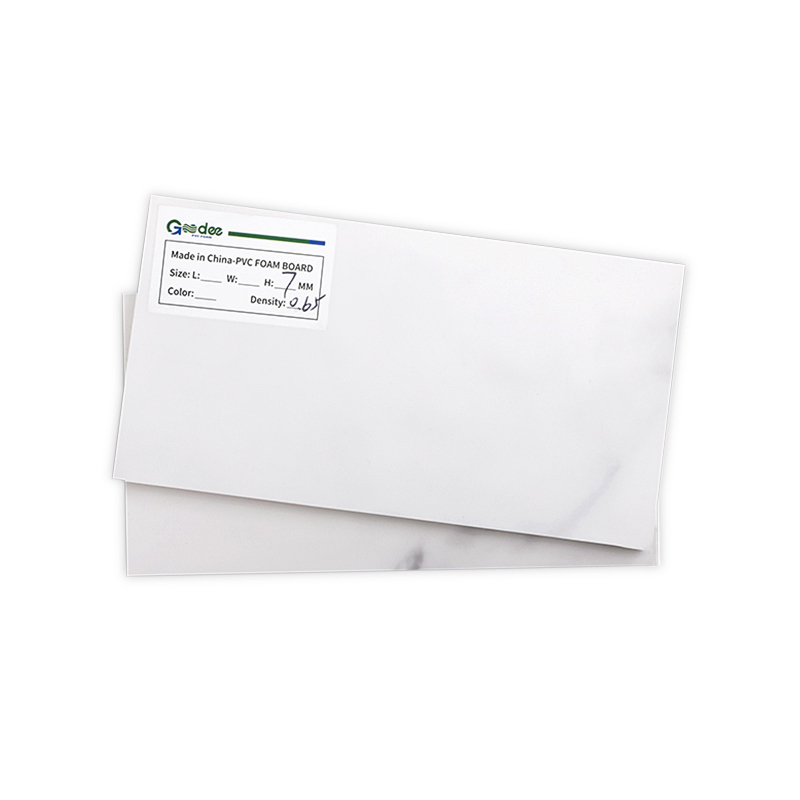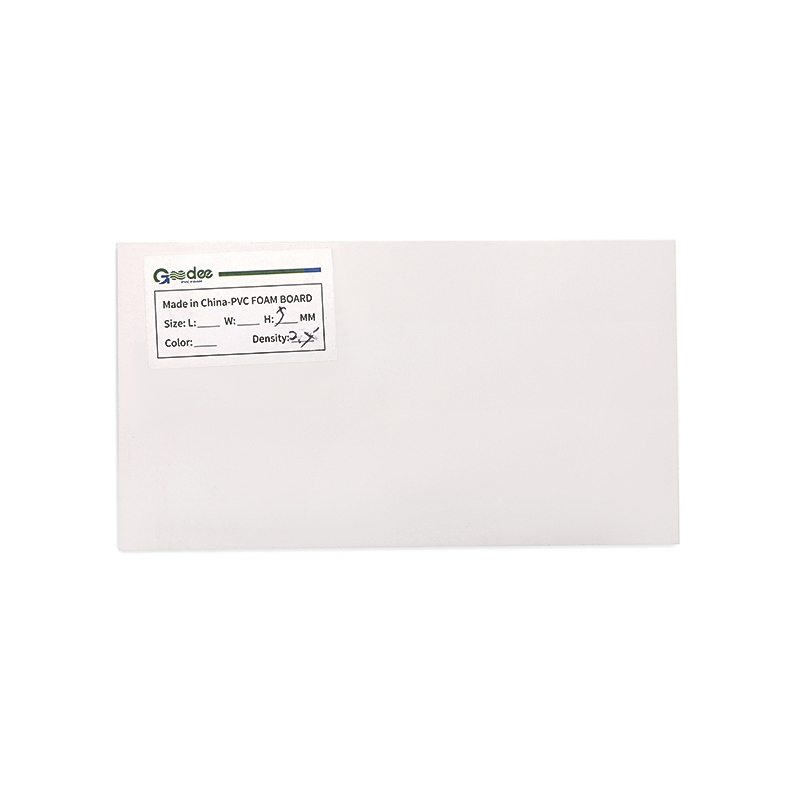PVC foam board is a common material that is widely used in construction, furniture, packaging, and other fields. However, the extensive use of PVC foam board also causes a certain amount of waste to resources, and it can pollute the environment after being discarded. In order to reduce resource waste and environmental pollution, the discarded PVC foam board can be treated through recycling.
Recycling PVC foam boards can effectively reduce the waste of resources. PVC foam boards are composed of polyvinyl chloride (PVC) and foaming agents, which can be recycled after disposal. Recycling PVC foam boards can reprocess the discarded boards into new PVC foam boards or other PVC products. In this way, the value of the discarded PVC foam boards can be fully utilized, reducing the demand for raw materials and realizing the recycling of resources.
Recycling PVC foam boards can reduce environmental pollution. If discarded PVC foam boards are not properly disposed of, they can easily be discarded into the natural environment, causing soil and water pollution. The harmful substances contained in PVC foam boards, such as chlorides and heavy metals, can seep into soil and water sources, causing damage to the environment and ecosystem. Through recycling, discarded PVC foam boards can be centrally disposed of to prevent pollutants from seeping into the environment, thereby reducing the risk of environmental pollution.
Recycling can also create economic benefits. After recycling, waste PVC foam boards can be converted into reusable raw materials for the production of new PVC foam boards or other PVC products. In this way, it can reduce the procurement cost of new materials, while also providing a new industrial chain, creating employment opportunities in related industries, and promoting sustainable economic development.
To achieve the recycling and reuse of PVC foam boards, there are still some challenges. Firstly, the recycling system needs to be improved, including the establishment of recycling institutions, waste collection and classification measures. In addition, due to the complex composition and processing process of PVC foam boards, the recycling and treatment technology needs to be constantly innovated and improved to improve the efficiency of recycling and reduce costs. The government, enterprises and all sectors of society should work together to strengthen cooperation, solve these problems, and promote the recycling and reuse of PVC foam boards.
Recycling can reduce the waste of resources and environmental pollution of PVC foam boards. Recycling not only makes full use of the value of discarded PVC foam boards, reduces the demand for raw materials, but also reduces the risk of environmental pollution and creates economic benefits. However, achieving the recycling of PVC foam boards still requires the active participation and joint efforts of the government, enterprises, and all sectors of society. Only with the cooperation of the whole society can we achieve the goals of sustainable development and environmental protection.


 English
English Español
Español